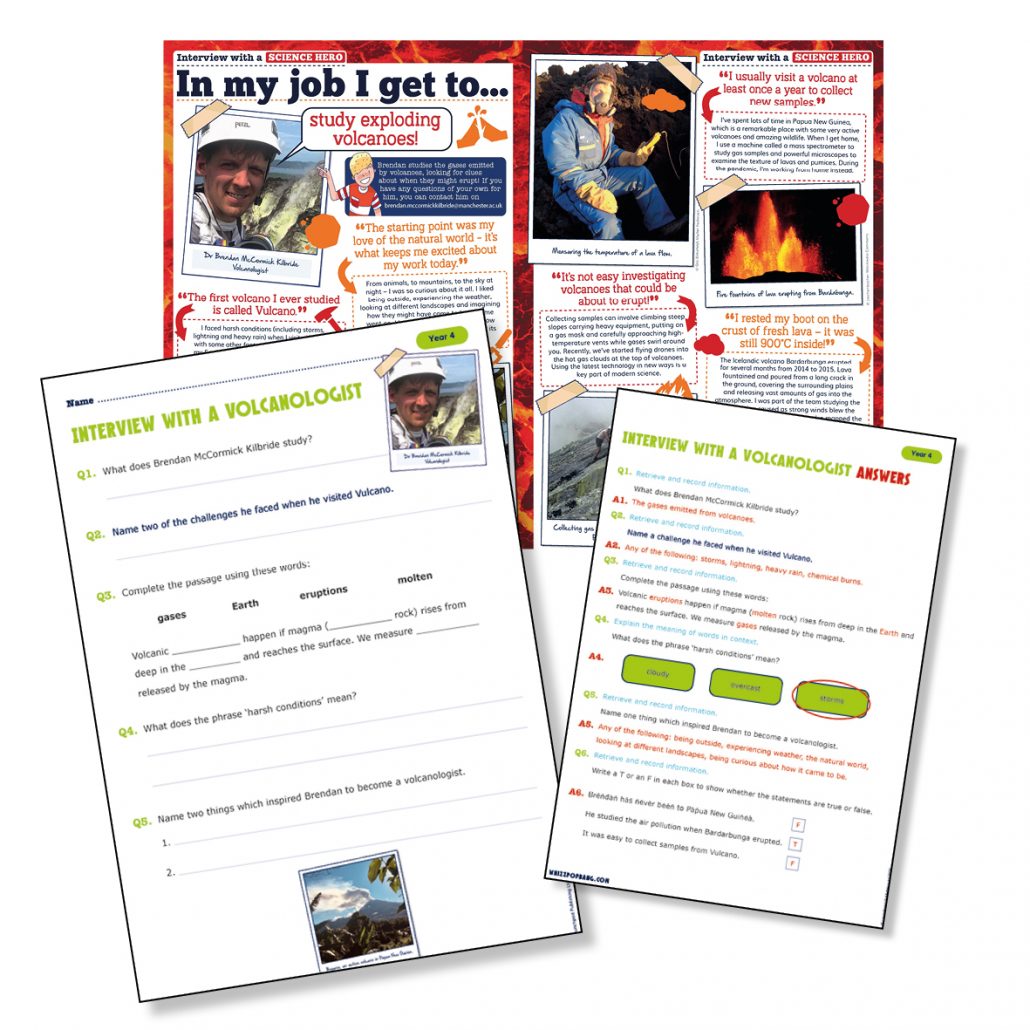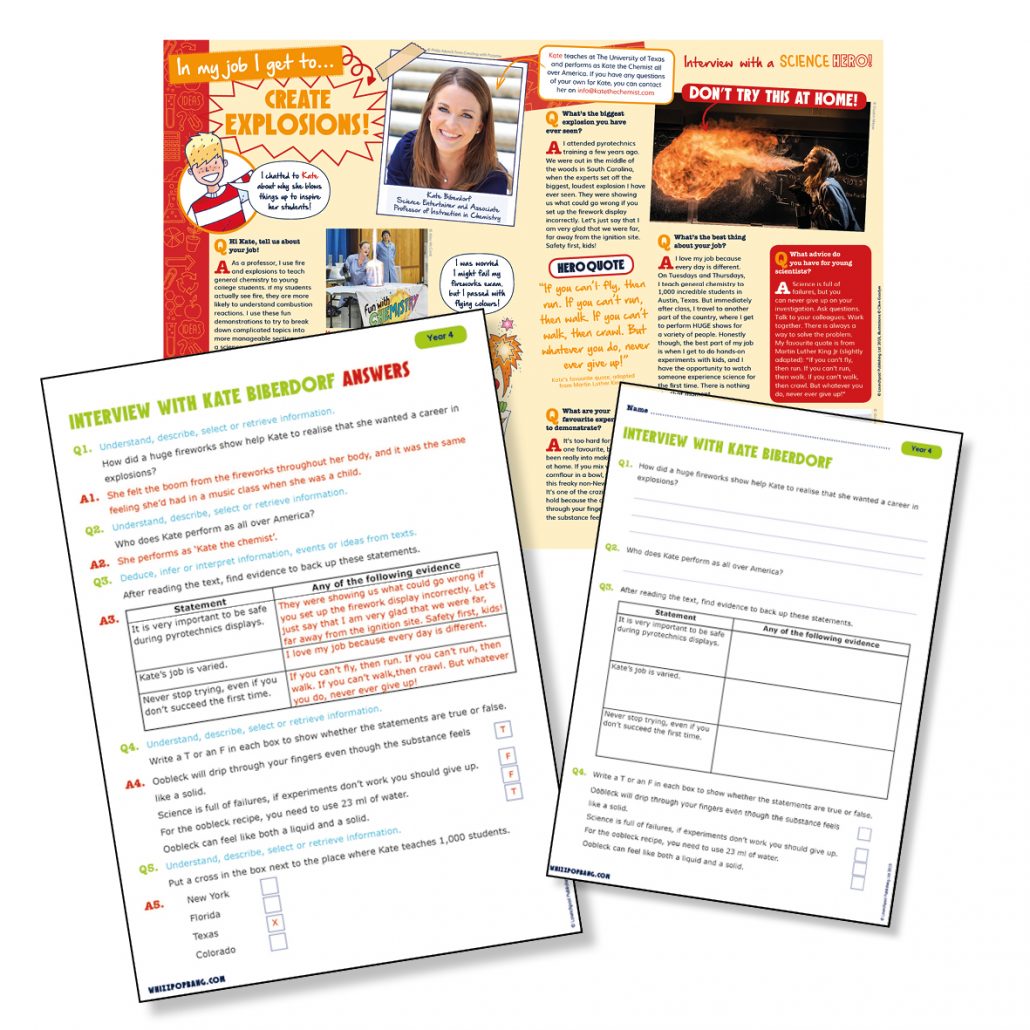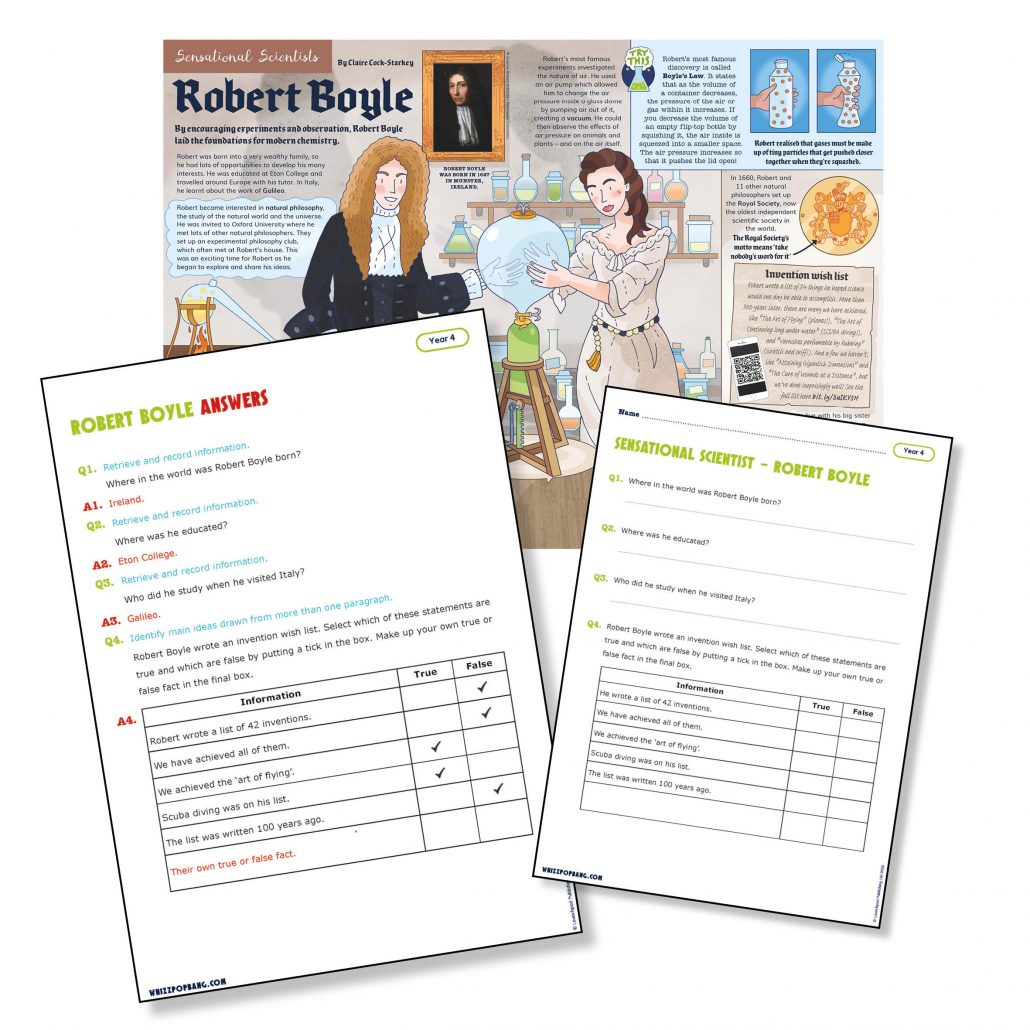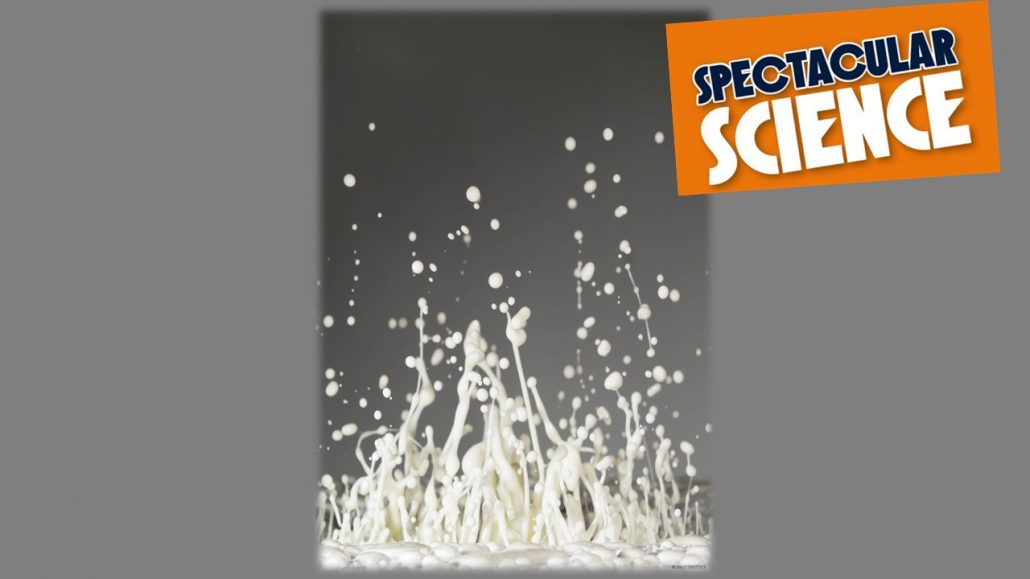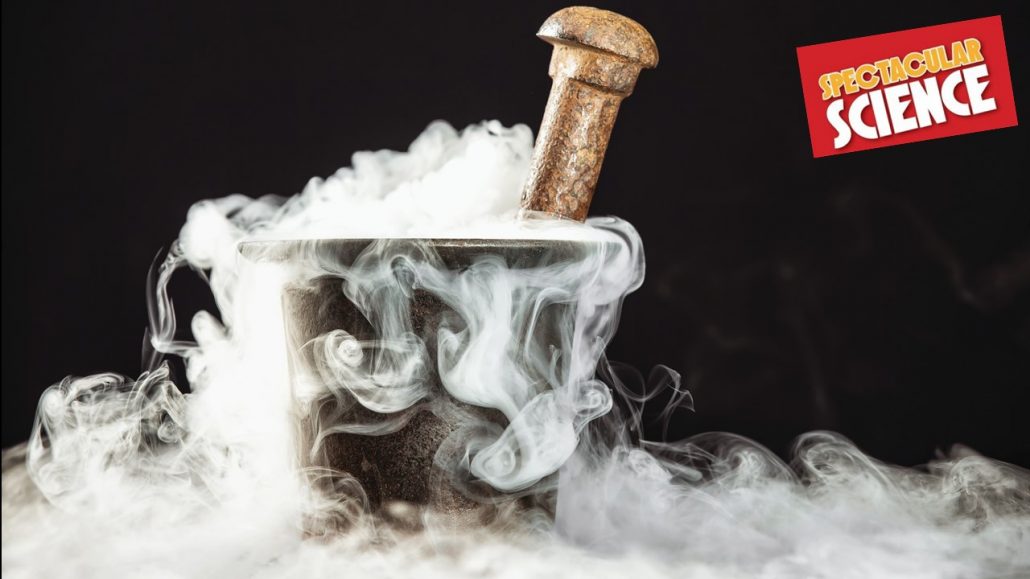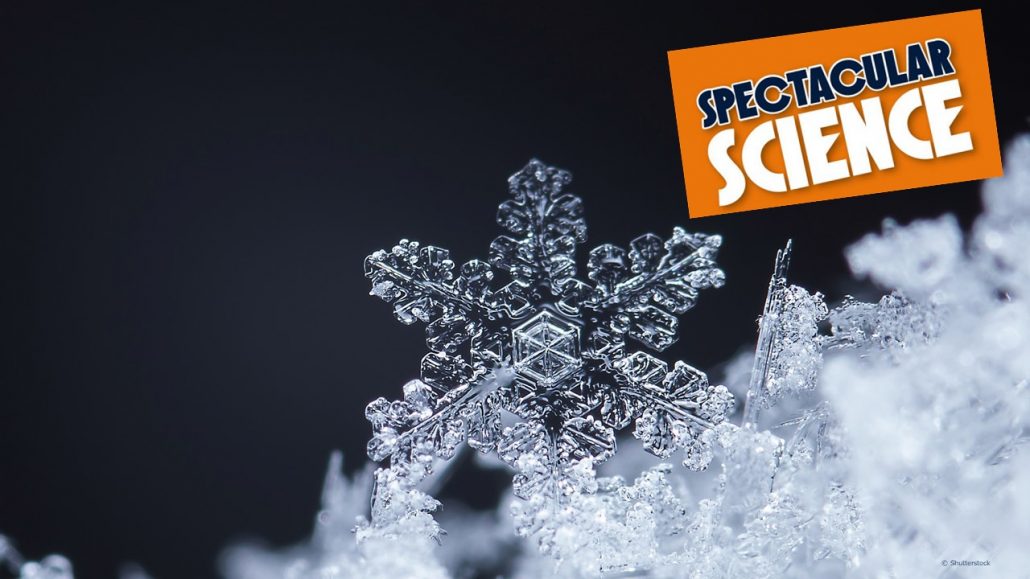Are you looking for planning resources for teaching states of matter in year 4? Here’s how you can use our new downloadable teaching resources to easily create memorable lessons that produce the sticky knowledge Ofsted will be looking for…
Where to start?
It states clearly in the National Curriculum that this unit is about understanding the difference between solids, liquids and gases, how materials change state when they are heated and cooled, and at what temperature this happens. It also includes evaporation in the water cycle. It’s important to remember this unit does not include heating where a chemical change occurs, such as baking or burning.
We have several lesson packs which cover these objectives:
Gloopy slime
Your pupils will make oobleck and observe how it turns from a solid to a liquid.
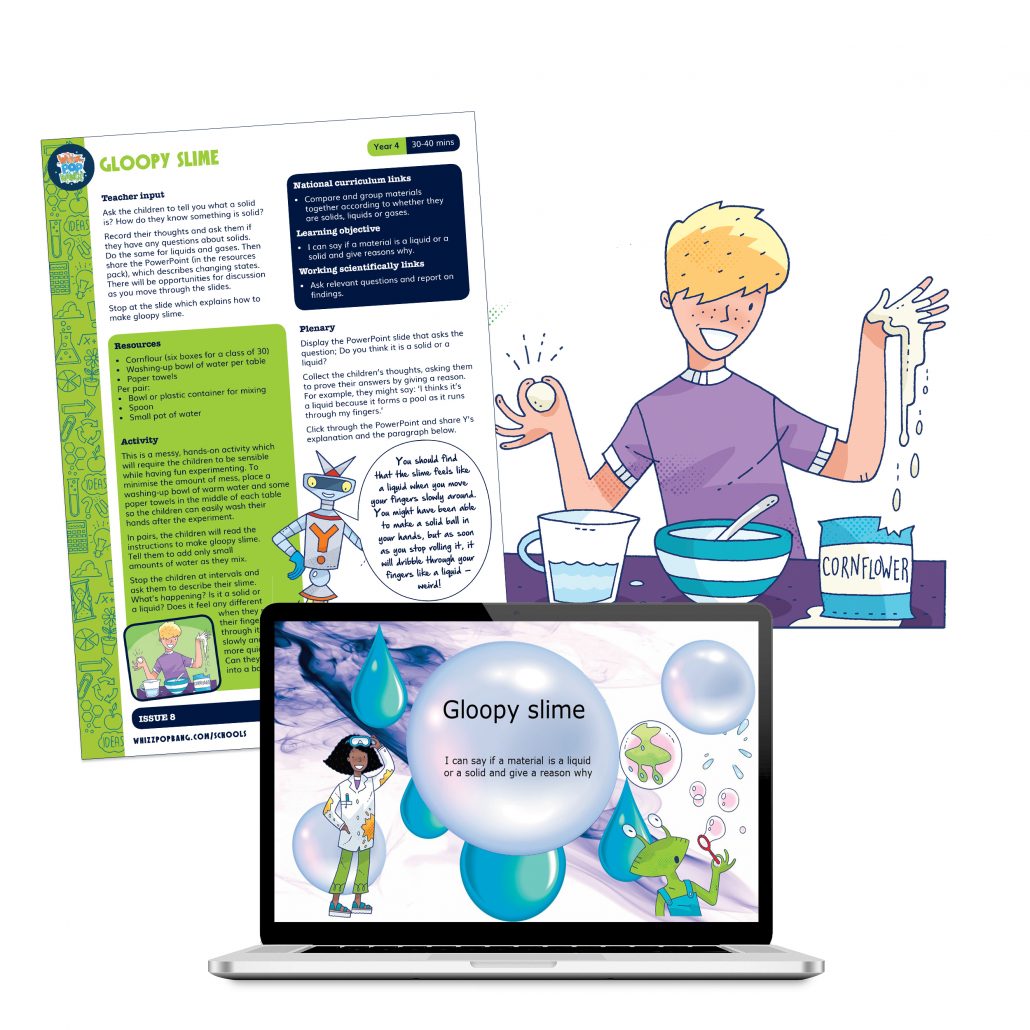
Chocolate investigation
A comparative investigation where pupils will test and find out which type of chocolate melts the fastest.
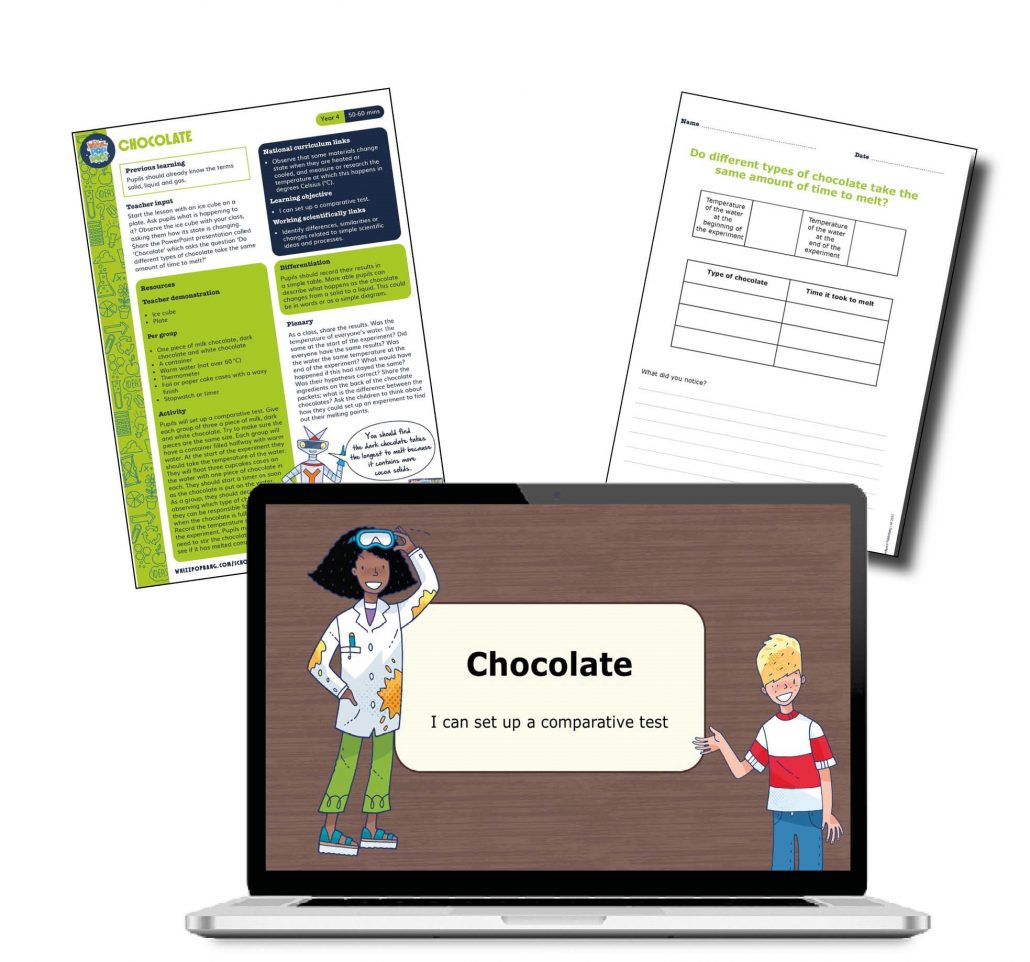
Make a bottled jungle
An investigation into why it rains in rainforests and jungles. Pupils will make their own miniature jungle and watch how it looks after itself!
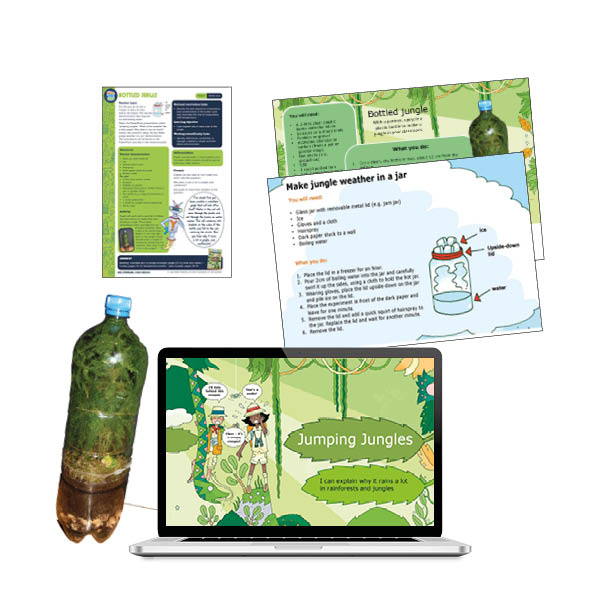
How to evidence your practical lessons
If your planning isn’t enough evidence, pupils could use the Keynote app on an iPad and record themselves describing their investigation or activity. If you need evidence in their books, you could print a photo form the lesson and during morning work the next day, pupils could label and annotate it. This would mean that they go back over their learning from the day before, helping the knowledge to stick. Do pupils need to write each step of an experiment? In my experience, asking pupils to write down everything they have done kills the learning. Choose one part from each investigation; that way they will do it well and it will enhance learning. Our knowledge organisers are really helpful with spellings and helping pupils to remember key concepts and vocabulary.
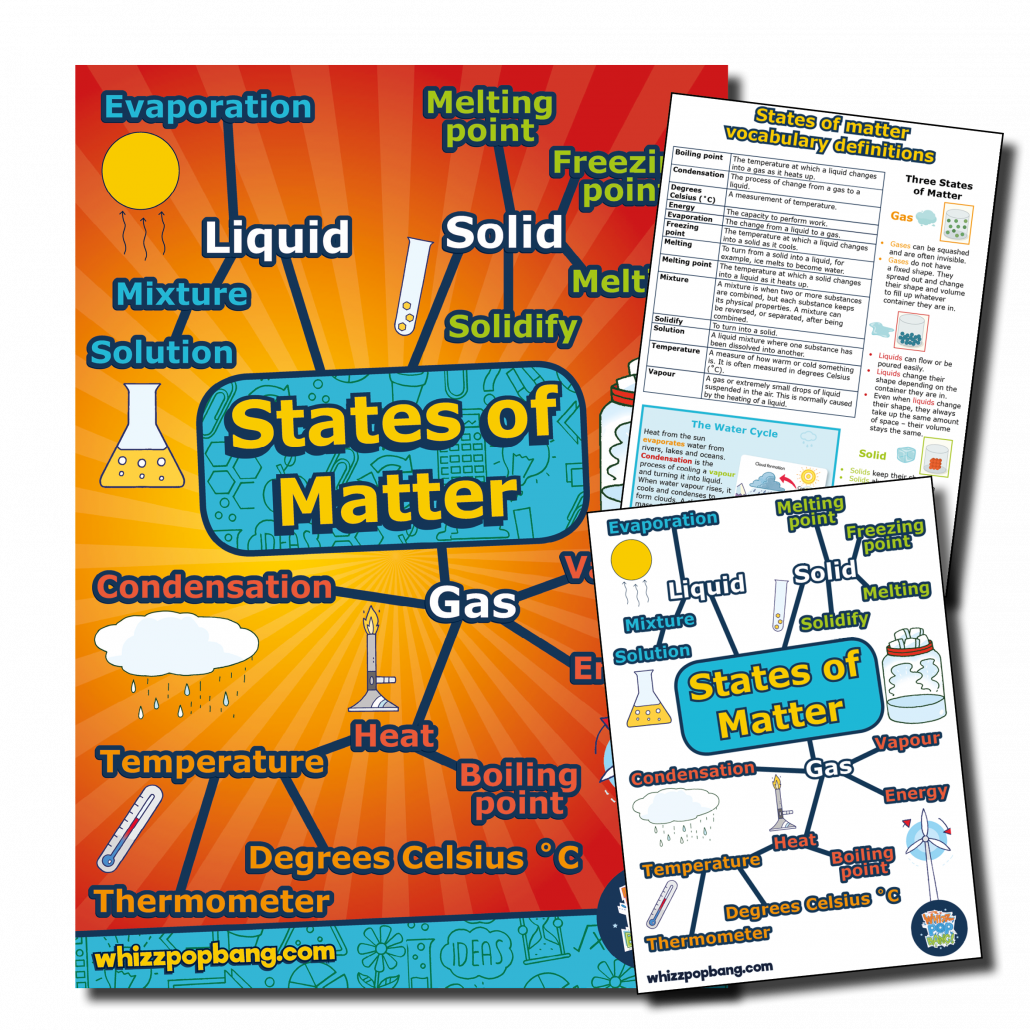
How to embed science across the curriculum
There are also lots of ways to embed the pupil’s science learning in your school day. Using science texts in guided reading or whole-class reading sessions is an easy way for children to delve further into the subject matter and acquire more knowledge. We have several reading comprehension packs for year 4 linking to the topic states of matter:
We also have a bank of spectacular science images that are perfect for promoting discussion. They feature a striking scientific image, along with a couple of questions. As you click through the PowerPoint presentation, the answers to the questions will be revealed. Pupils should try to answer the questions as you go. The presentations to use for the unit states of matter are called ‘dry ice’, ‘dancing cornflour’ and ‘stunning snowflakes’. It only takes ten minutes so it can slot into those awkward times in the school day; for example, straight after lunch while you are waiting for everyone to come in.
Whizz Pop Bang magazine and teaching resources are brilliant ways to enhance your school’s science teaching:
- We provide downloadable science lesson plans, PowerPoint presentations, hands-on investigations and science reading comprehensions written by primary school teachers.
- Whizz Pop Bang teaching resources link to the National Curriculum, ensuring correct coverage.
- All of our resources are year group specific, ensuring progression between the years.
- We make cross-curricular links to other subjects, such as English, Maths, History, Geography, Art, Design and Technology and PSHE.
Prices from as little as £190 per year for a copy of Whizz Pop Bang magazine through the post each month and whole-school access to our ever-growing library of downloadable teaching resources, with unlimited teacher logins.
We’ve also just launched a new individual membership option so teachers and home educators can access all of our amazing downloadable resources for just £20 for the whole year.

